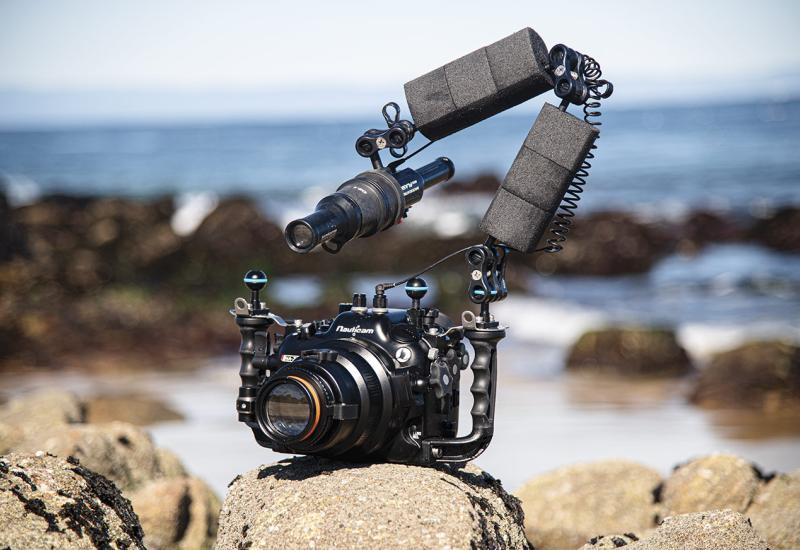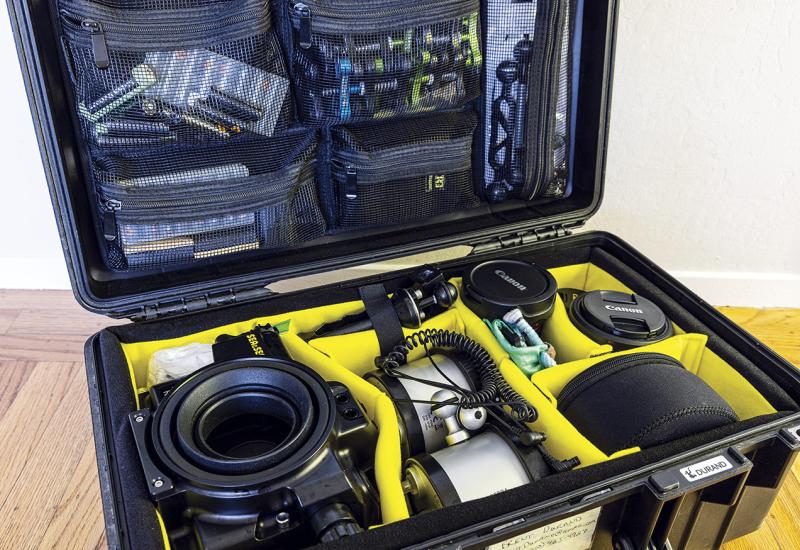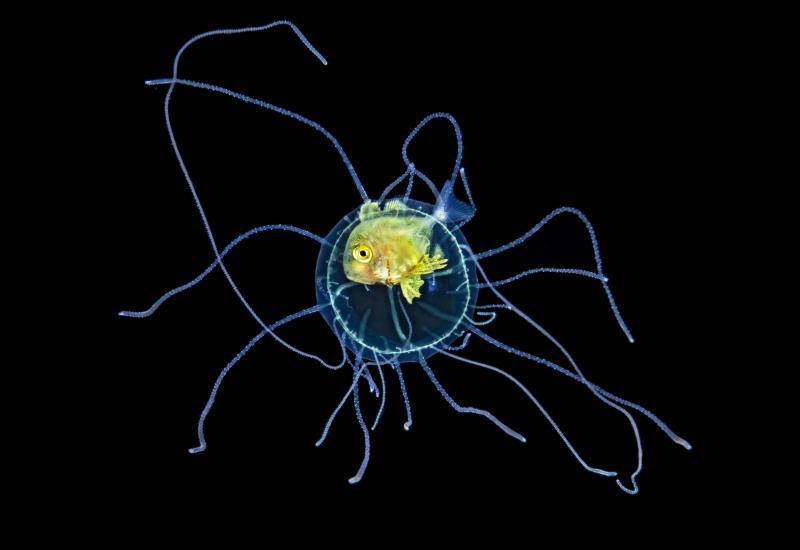Tips for Creating Your Perfect Underwater Rig
Making images underwater is a technical branch of photography, and specific gear is essential for many shots. There is also no escaping that this is a pricey passion; the specialist gear is more expensive than we’d all prefer. But it gets even more costly when you buy the wrong things for the job. This article is here to help. I won’t compare brands here, but hopefully will help you invest wisely.
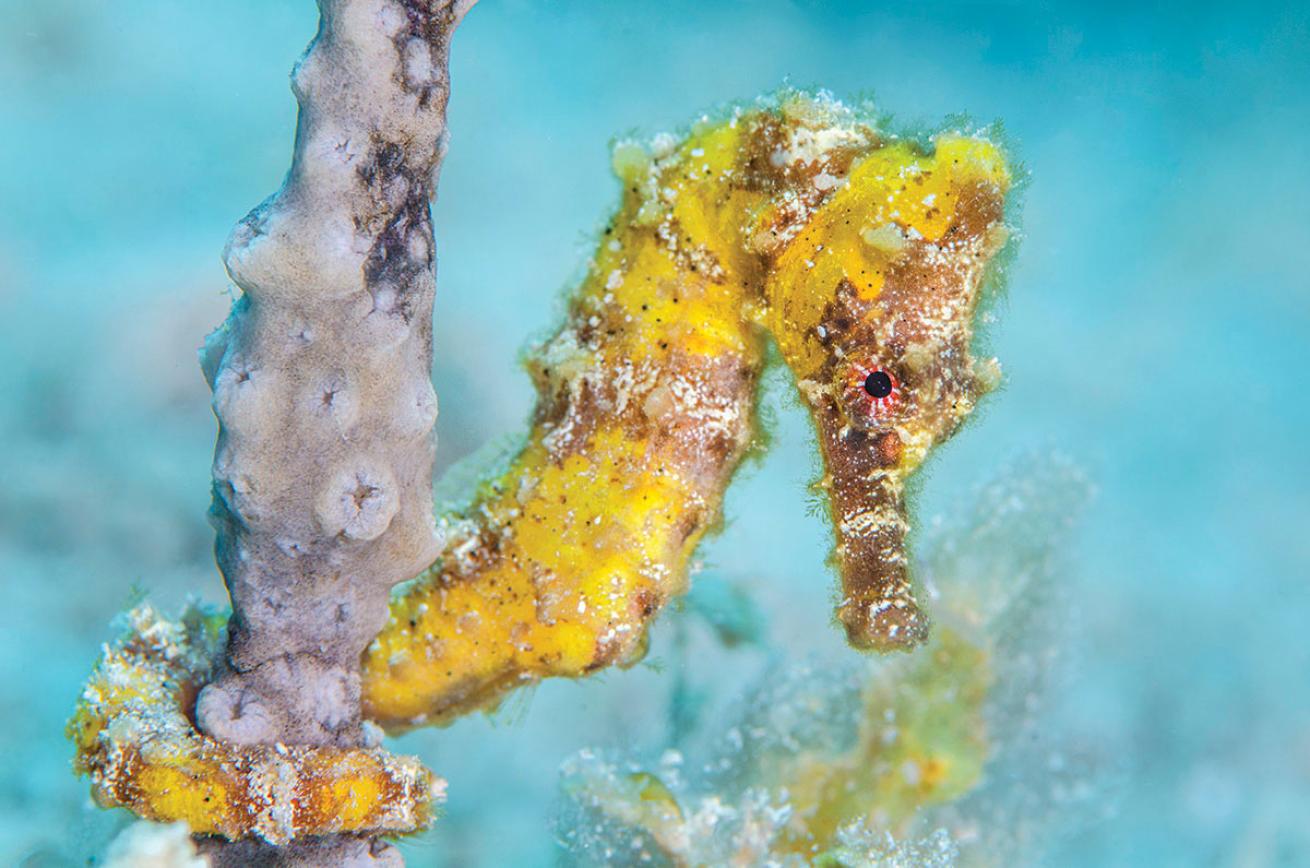
Alex MustardA close-focusing macro lens was essential to capture this small seahorse in Grand Cayman.
Many underwater photographers are addicted to having the latest and greatest underwater camera. I know because I am one of these gear addicts! Nobody refutes that technology marches on, and it is pleasurable to own and use the latest tech. But despite what marketing sometimes tells us, the previous generation of gear is in no way obsolete. By far the cheapest way into underwater photography is to go for secondhand combos. Photography has always been a buyer’s market, so scan specialist classifieds and make an offer. That said, here’s what you should know when you buy.
TIP 1: CAMERAS AND LENSES
Perhaps surprisingly, the actual camera is one of the least important components in an underwater photo system. A compact camera properly set up for underwater shooting will consistently outperform a $10,000 SLR without the right accessories. Image quality is greatly affected when shooting through water, and the correct lenses, housing and strobes are what give you standout shots. That said, the camera remains one of the most expensive parts of a system, and you’ll want to choose the right camera for you.
Cameras with lots of physical buttons and dual command dials (separate finger and thumb dials for shutter speed and aperture) are much easier to use in a housing. Cameras that require you to navigate through on-screen menus or press multiple buttons to change basic settings will lead to missed shots.
Always make sure any camera you plan to purchase is fully compatible with all the lenses you want to use. A high flash synchronization speed, the fastest shutter speed a camera can use with strobes, is valuable both for producing clean black backgrounds in macro and controlling sunlight in tropical wide-angle shots.
Cameras that offer thumb focus, or back-button focus—in which autofocus is deactivated on the shutter release and assigned to a button that falls right beneath your right thumb on the rear of the camera—are valuable for shooting action, split levels and supermacro.
Most of the best underwater photographs are taken within touching distance of the subject, so close-focusing lenses are essential. At a minimum, you’ll need an ultra-wide-angle or fisheye and a close-up or macro lens. Most cameras come with zoom lenses, but these are neither wide enough nor close focusing enough to be useful alone underwater.
Compact cameras are transformed by adding supplementary wide-angle and close-up lenses. Known as wet lenses because they are waterproof, they make it possible to photograph a wide range of subjects on a single dive. SLR and mirrorless cameras require ultra-wide-angle and macro lenses and the appropriate ports to fully realize their potential.
For me, the fisheye is the most important lens underwater, where there are few straight lines and we want to shoot as big a scene from as close as possible. Wet diopters for supermacro are very popular and can be used on almost every system to capture the tiniest subjects.
All lenses are not created equal, and it is important to do some research to ensure appropriate quality. Generally, you get what you pay for.
TIP 2: HOUSINGS AND STROBES
One strength of an underwater rig is its modular design, which makes it adaptable. The key to making outstanding images is to be able to swap out ports, strobes, strobe arms and more to get the perfect tool for the shot.
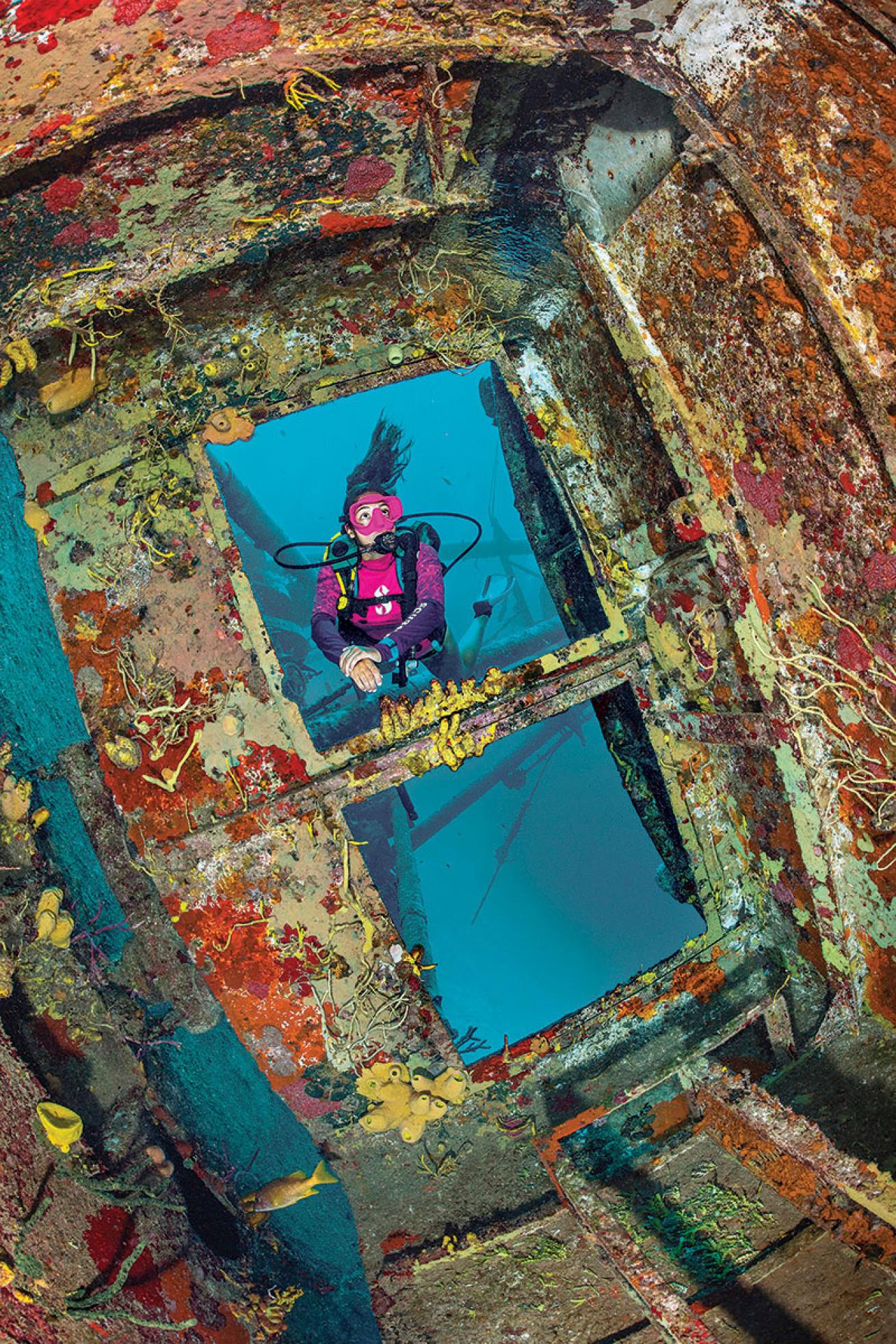
Alex MustardEvenly illuminating a large scene like this, inside Cayman’s Kittiwake, demands a lot from underwater strobes.
All underwater housings are designed to do the same job: keep a camera dry while it takes underwater photos. But that doesn’t make them equal. A reliable and ergonomic housing could be the difference between capturing a fish in a perfect pose or leaving you snapping at its tail. Rather than choose among every brand out there, my recommendation is to find a retailer you like and choose from the brands they support. Also, consider brands that your buddies use—you’ll benefit from their knowledge and even be able to share accessories and spares.
The most important features on a housing are the shutter release, aperture and shutter speed dials, which you’ll use for almost every shot. All need to fall easily at your fingertips and be easy to adjust. Some people have big hands, some small; some dive in thick gloves—even if someone recommends a housing that doesn’t feel right, it’s not right for you.
Light is the very medium of photography, and almost every underwater photo is taken with strobes (underwater flashes), so they should be one of your most calculated purchases. Serious underwater photographers have two strobes, which helps them achieve a more natural illumination and also produces creative lighting effects. Ideally, strobes should be a matched pair so that a click up of the power of one and down on the other will maintain the total power output.
Underwater photos are taken from close range, making wide, diffused light highly desirable for achieving natural-looking lighting, free from hot spots. This is far more important than absolute power. Strobes with large, circular flash tubes will generally produce a wider, more even spread of light than those with short, straight tubes, and are easier to aim. Diffusers soften and spread strobe light farther, but also reduce penetration in the water. There is no perfect underwater strobe. Big strobes have the power and coverage to light large scenes, and can pack in big batteries for quicker recycling. But they are expensive and bulky, both in your luggage and when you’re trying to position them close to the camera for macro work. Smaller strobes might struggle to light scenes or big animals in bright conditions, and usually produce a harsher light. But they are easy to travel with and great for macro.


